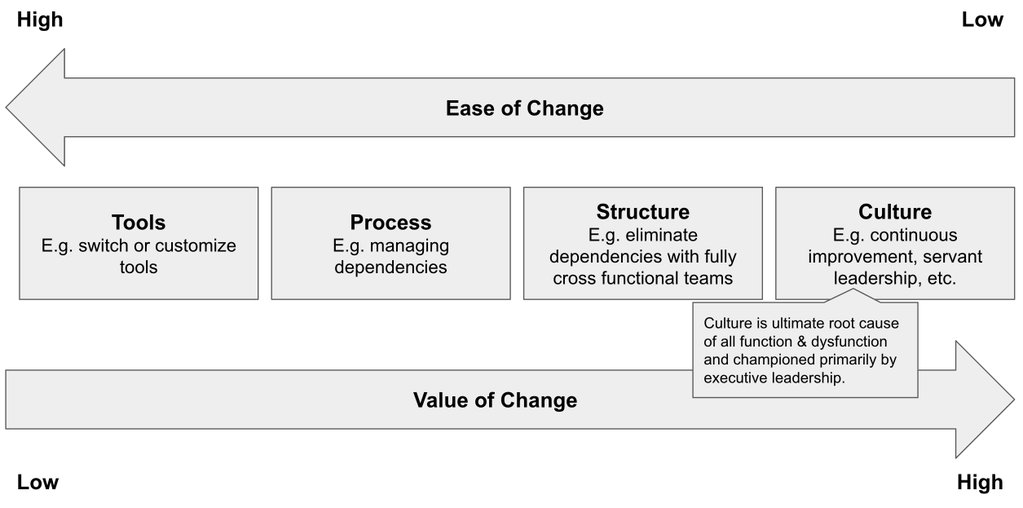A Useful Technique: MoSCoW
MoSCoW is an acronym of sorts that stands for Must-, Should-, Could-, and Won’t-Have.
It’s most commonly used when conducting release planning to give stakeholders and teams a short-hand for scope flexibility.
On a release plan board, it may look like this:

Note that we’ve indicated Must, Should, Could, and Won’t to the left of the release planning board.
- Must-have means exactly that. If even one must have condition isn’t present by the time we want to release, we won’t release. They are critical to the project’s success. These should be no more than 60% of your release scope. If your team is new and doesn’t have a known, stable velocity, consider limiting this to 40%.
- Should-haves are also important, but not absolutely necessary for the release. Limit these to about 20%.
- Could-haves are desired but not necessary. If we’ve got the time and resources, we’ll include them in the release. These make up the balance.
- Having a “Won’t” section allows us to give early warning to stakeholders about the desired backlog items that are unlikely to be in the release.
- If you’re working towards a release or major milestone, indicate it in your plan. It can be located anywhere, it doesn’t have to be at the end. Adjust your MoSCoW indicators accordingly.
Typewriter image: Prioritize by Nick Youngson CC BY-SA 3.0 ImageCreator



